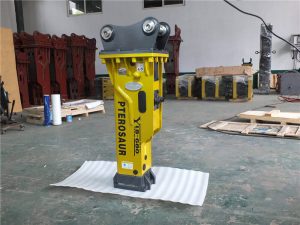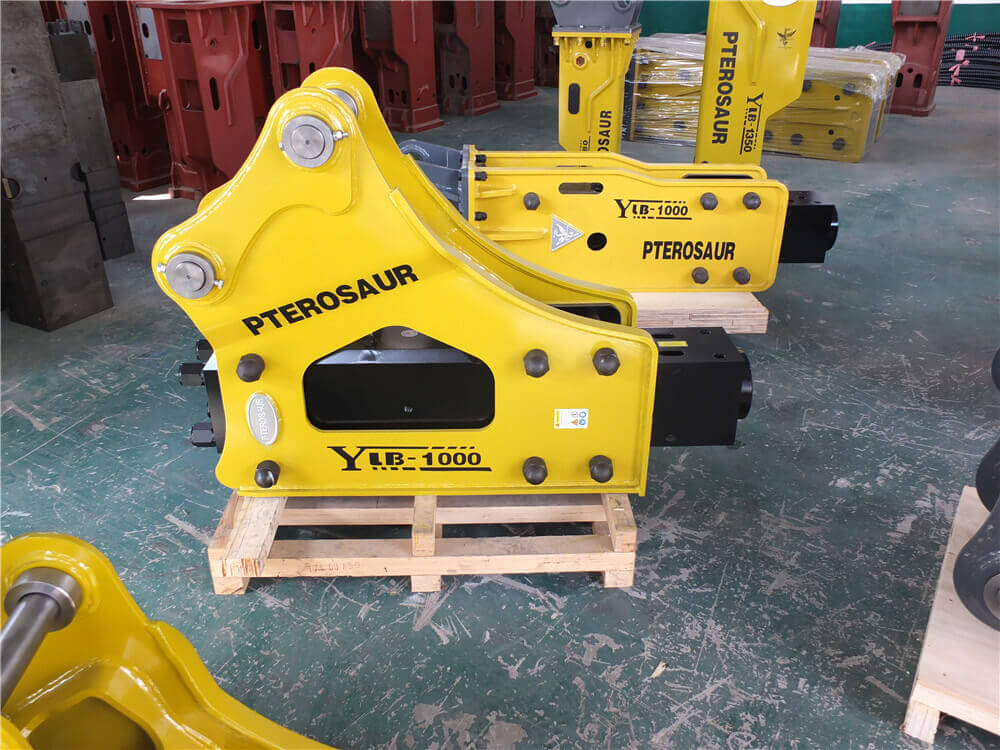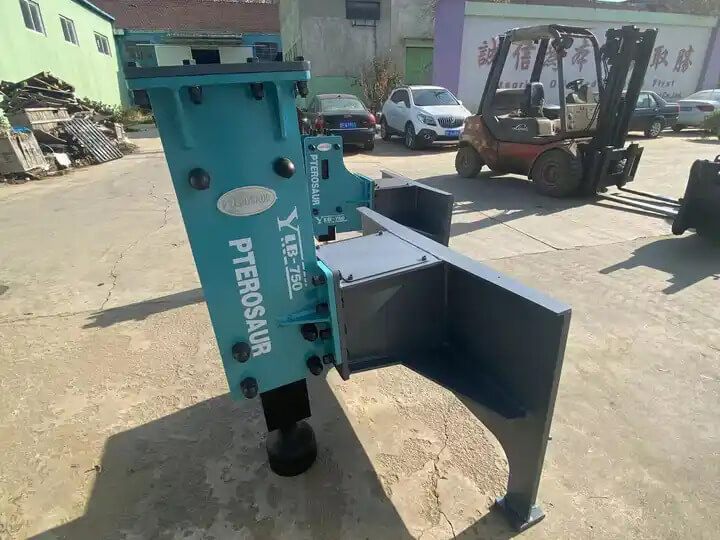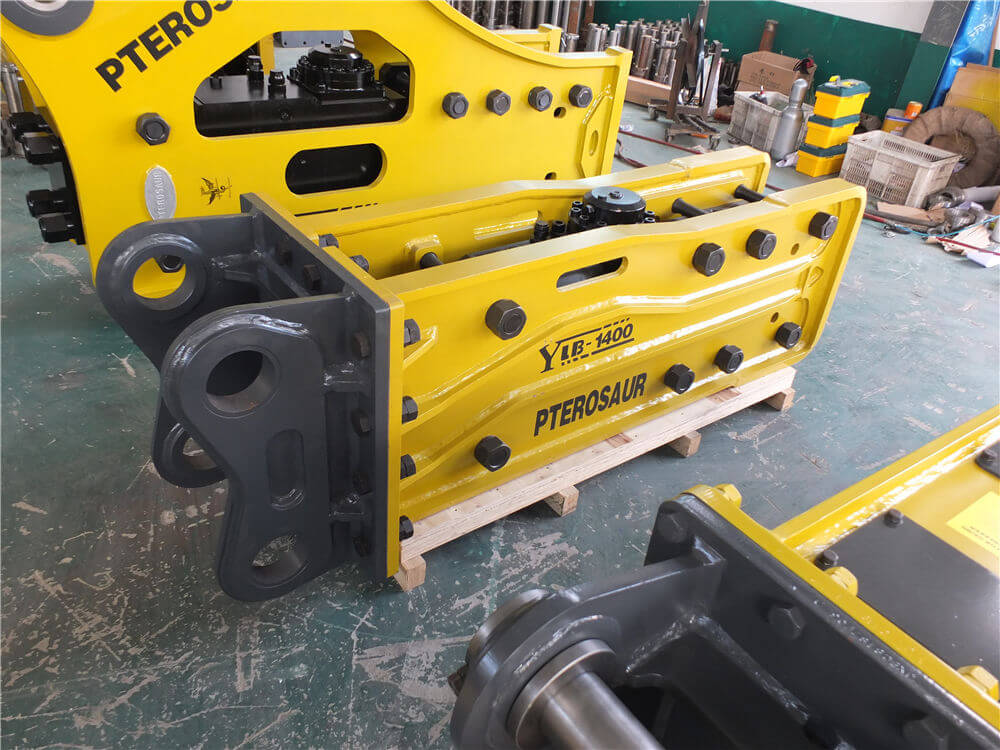Understanding Hydraulic Breaker Hammers for Excavators: A Comprehensive Guide
In the realm of construction and demolition, hydraulic breaker hammers have emerged as indispensable tools, especially when paired with excavators. These powerful machines facilitate the breaking and drilling of concrete and other hard materials, making them vital in various construction applications. This article delves into the mechanics, applications, and key features of hydraulic breaker hammers, providing insights for both professionals and enthusiasts.
What is a Hydraulic Breaker Hammer?
A hydraulic breaker hammer, often referred to as an excavator hydraulic hammer, is a tool designed to deliver high-impact force by converting hydraulic energy into mechanical energy. It operates using a straightforward mechanism: hydraulic energy lifts the hammer core, which then drops and strikes the target surface, utilizing gravity’s potential energy. This process is repeated in a cycle, allowing for efficient breaking or drilling of materials.
Key Features of Hydraulic Breaker Hammers
-
Simple Structure: Many hydraulic hammers, such as the H350MF model, boast a simple yet effective structure. This design minimizes maintenance requirements while maximizing performance.
-
Hydraulic Energy Utilization: Hydraulic hammers, including models from Indeco and SEMW, are engineered to harness hydraulic energy efficiently. This not only increases power but also improves fuel efficiency, making them more environmentally friendly.
-
Versatile Applications: Hydraulic hammers are designed for a wide range of applications. They are particularly effective in urban demolition projects where noise and vibration control are essential. The Indeco HP series, for instance, is renowned for its reliability and performance in such settings.
-
Compatibility with Various Excavators: These hammers can be fitted to excavators of various sizes, ranging from small units to larger machinery. For example, the Rammer R04P is compatible with excavators weighing between 2.0 to 4.4 tons, showcasing the versatility of hydraulic hammers.
-
Enhanced Safety Features: Many modern hydraulic hammers are designed with safety in mind. For instance, models like the HD 13 hammer drill are equipped with features that ensure quiet operation, allowing for use in sensitive environments.
The Mechanics Behind Hydraulic Hammers
Hydraulic hammers operate through a systematic process. When activated, hydraulic fluid is directed to the hammer, causing the hammer core to rise. Once at its peak, the hammer is released, falling under the force of gravity to strike the target. This impact generates a significant amount of force, which can break through concrete, asphalt, or other tough materials efficiently.
Choosing the Right Hydraulic Breaker Hammer
When selecting a hydraulic breaker hammer, consider the following factors:
- Excavator Compatibility: Ensure the hammer is compatible with your excavator model and size.
- Weight and Power: Different projects may require different hammer weights and power levels. Heavier hammers deliver more force but may be unsuitable for smaller excavators.
- Application Needs: Consider the specific tasks you’ll be performing. For example, if working in densely populated areas, a quieter hammer would be beneficial.
- Manufacturer Reputation: Brands like Indeco, SEMW, and Rammer have established themselves as reliable manufacturers in the industry. Research their offerings to find a hammer that meets your needs.
Conclusion
Hydraulic breaker hammers are essential tools in the construction and demolition industries, providing unmatched efficiency and power when paired with excavators. By understanding their mechanics, features, and applications, users can select the right hammer for their specific needs, ensuring successful project outcomes. Whether it’s for breaking through concrete or drilling trenches, a quality hydraulic breaker hammer is an investment that pays dividends in performance and reliability.




































